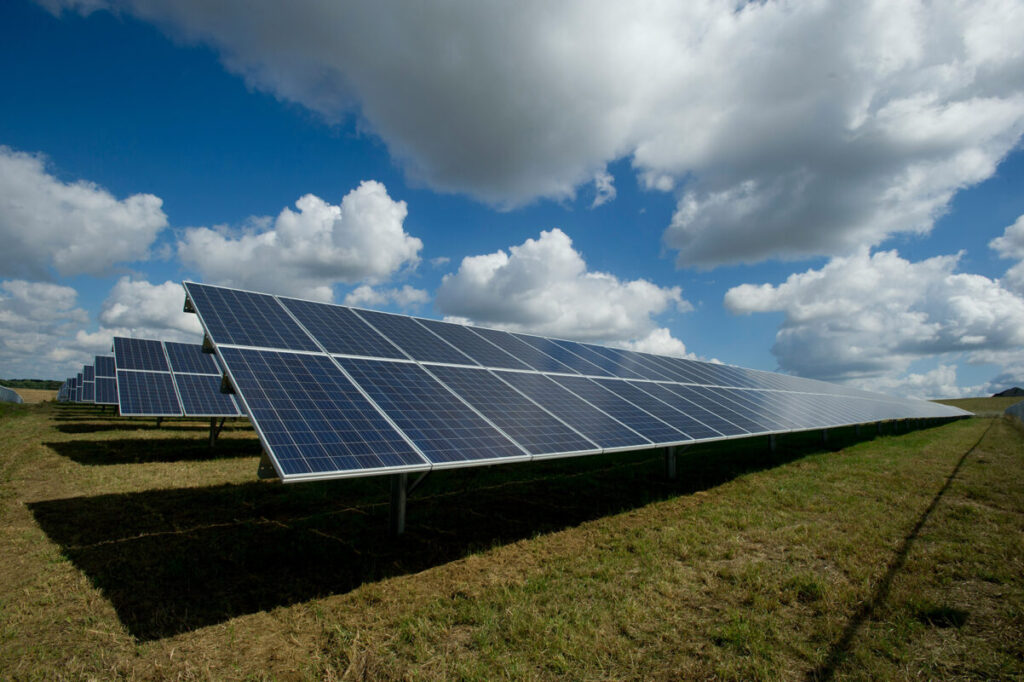
The Ministry for Housing, Communities and Local Government is set to publish the results of its consultation on the thresholds for nationally significant infrastructure projects (NSIPs).
Changes to the NSIP categorisation have long been debated, as the 50MW threshold saw increasing numbers of projects proposed at 49MW. That said, there has been no clear agreement amongst industry groups on what should change, nor an evidential basis for changing the threshold.
According to Gareth Philips, head of client relationships for the global energy sector at Pinsent Masons LLP, the 50-200MW capacity range has been a “planning dead zone” for solar projects. Developers considered it not cost-effective to seek consent through the NSIP regime; costs prejudiced viability.
A recent report by trade body RenewableUK, countryside charity CPRE and sustainable business organisation Aldersgate Group noted that the NSIP process is not seen as cost effective for projects that only just cross the 50MW threshold for designation as an NSIP.
However, as Phillips pointed out, that solar NSIPS in the 100-200MW region have begun to come forward in the last couple of years suggests the costs associated with applying for development consent orders (DCOs) is no longer prohibitive for larger scale projects.
In fact, the NSIP regime provides investors with some certainty when it comes to timelines and likelihood of consent. By comparison, the town and country planning act regime is often inconsistent with local planning authority and the planning inspectorate at odds with one another.
Increasing the NSIP threshold, then, risks delaying project deployment as development gets caught up in local level politics and decision making. Mechanisms such as the Secretary of State for Housing, Communities and Local Government’s ability to “call-in” planning decisions might work for a portion of projects but cannot be the answer to pushing decisions through.
It might also be argued that given Ed Miliband’s track record, the NSIP process will be sped up – especially in comparison to the regime under Claire Coutinho – and that changes to the threshold would do little to speed up cost effective deployment of solar projects below a certain capacity.
The Labour government has promised that its state-owned Great British Energy company will help reduce bureaucratic red tape and accelerate approval timelines. Also up for consideration in the NSIP consultation was the idea of applying different thresholds to different technologies.
For Phillips, the threshold should be the same for all generating technologies. He said: “The concept of applying different thresholds to different technologies is difficult to grapple with. It is the generation of power and associated contribution to the national need that is relevant for determining if a generating station is nationally significant. How can 100MW of power generated by onshore wind be nationally significant but not if generated by solar?”

